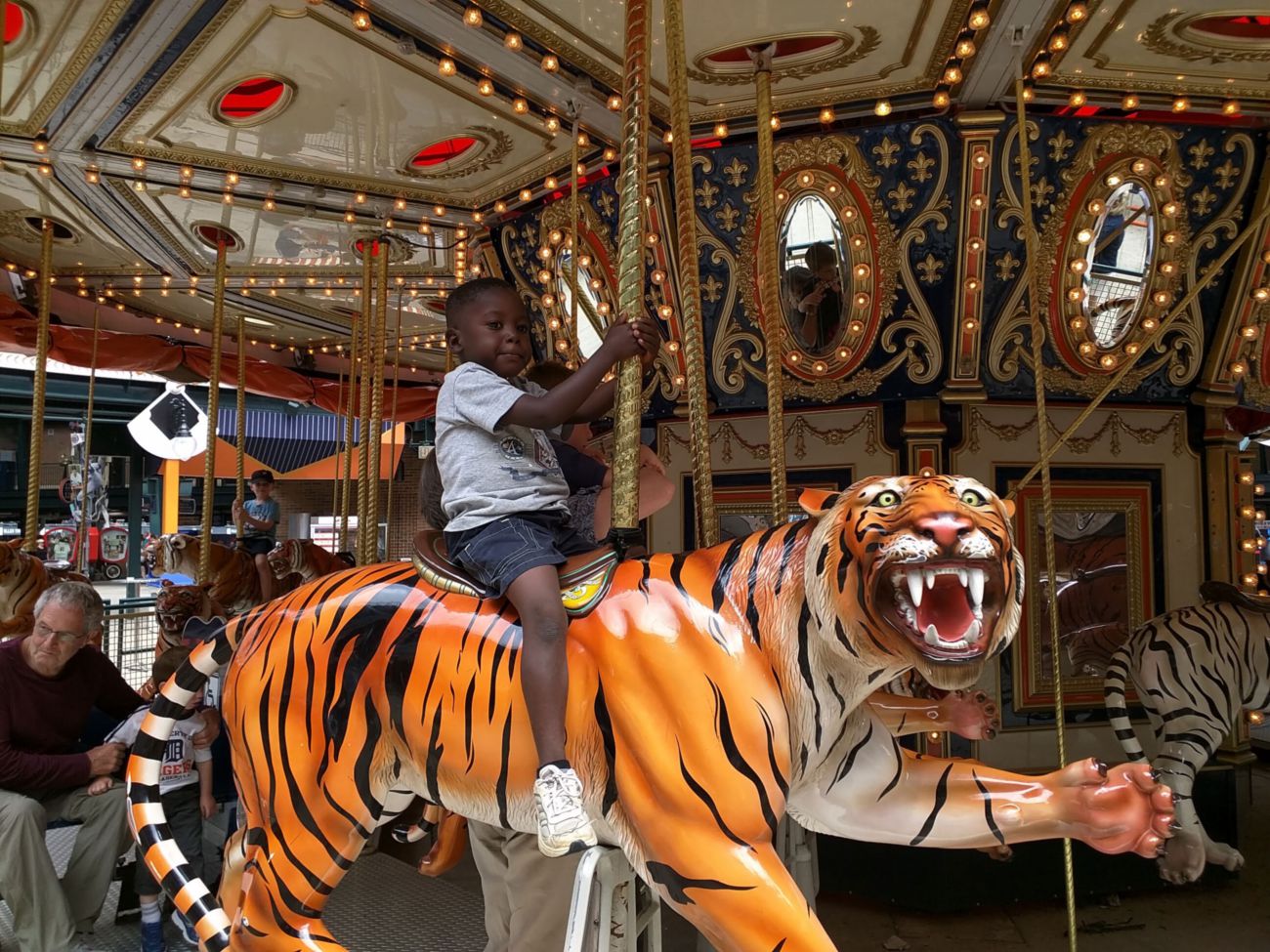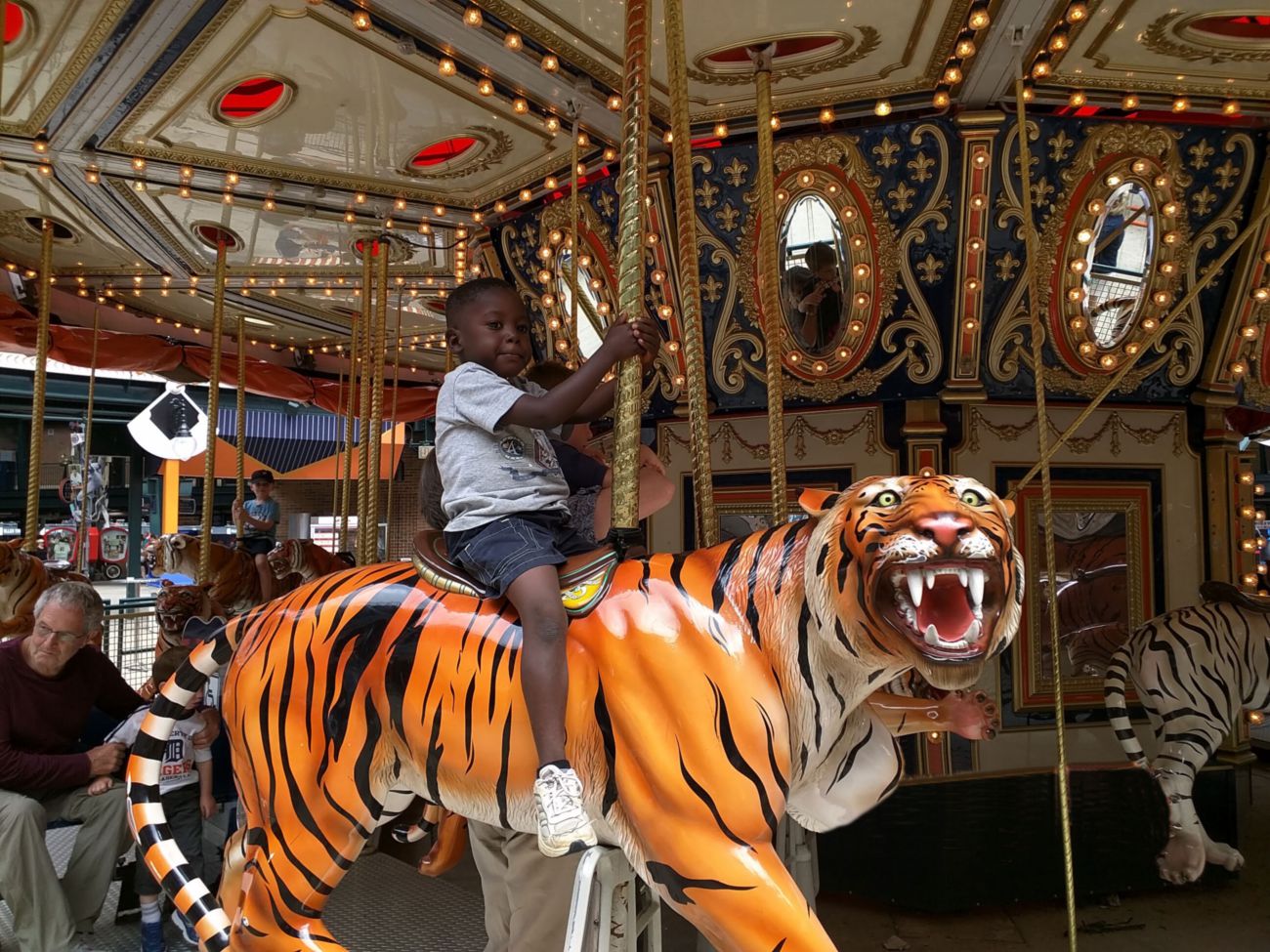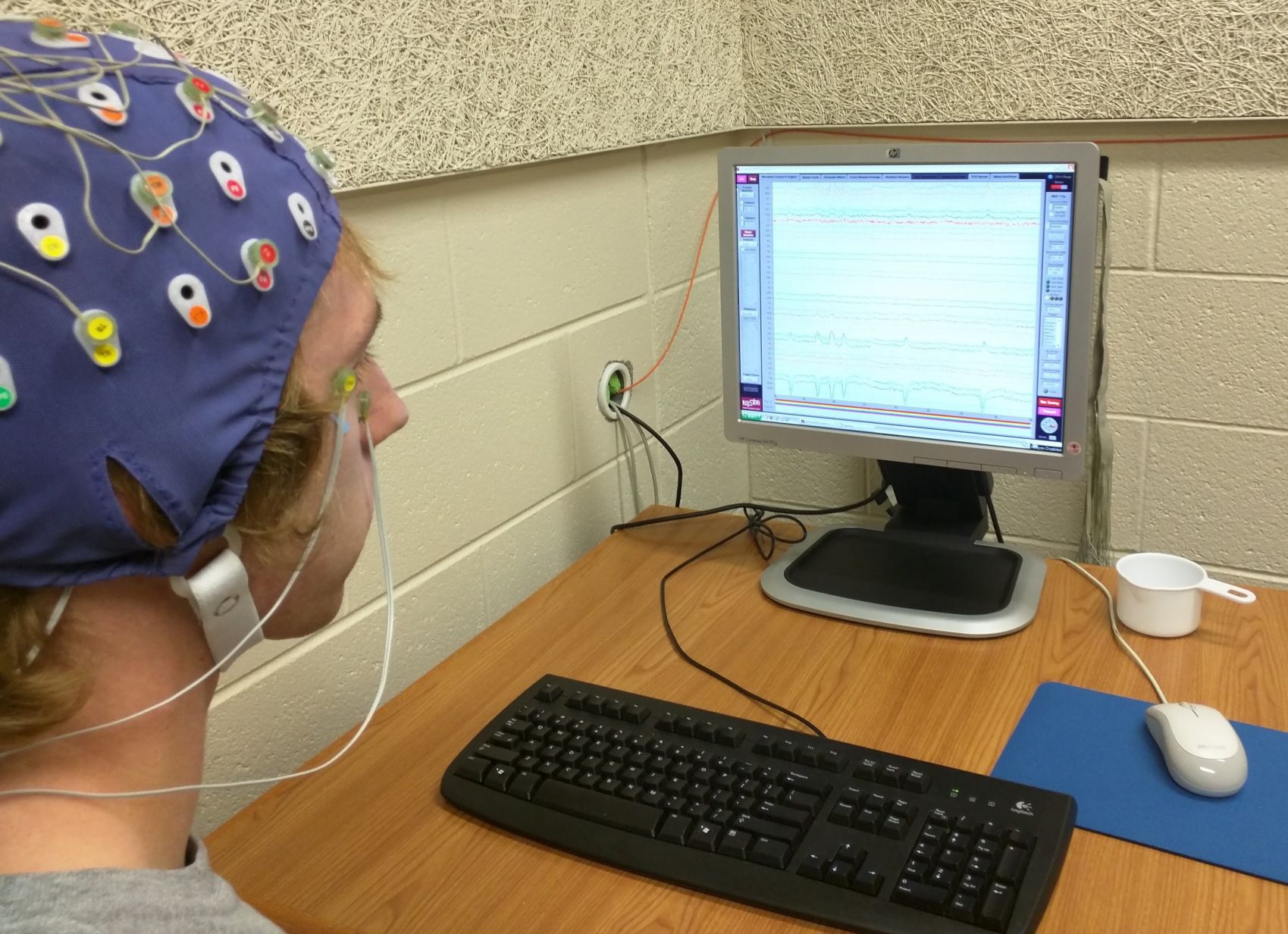

Press N as soon as you see any arrow.

Describe the relationship between intelligence and speed of thinking, as measured by reaction time.
Identify the two components of speedy thinking that are related to intelligence.
Review
Select the NEXT button to continue with the Review.

1. Researchers define intelligence as the mental capacity to learn from experience and adapt effectively to a particular environment. Intelligence is usually measured with standard intelligence tests that include questions or problems that assess verbal abilities (such as this question), spatial abilities, mathematical reasoning, and memory.
Review
Select the NEXT button to continue with the Review.


2. Intelligence may also be estimated by testing the speed of thinking. Highly intelligent people are often called “quick witted,” and that may be literally true. Researchers have focused on two aspects of speed in relation to intelligence. The first, perceptual speed, is the speed with which people can make perceptual comparisons (for example, whether these two pictures match). Smarter people seem to be faster at extracting information from brief visual presentations—whereas less intelligent people need to have the information displayed for a longer time interval in order to interpret it.
Review
Select the NEXT button to continue with the Review.

3. The second research focus has been on neurological processing speed. EEG studies (which record electrical activity of the brain through electrodes placed on the scalp) have found that a stimulus, such as a flash of light or a sound, is registered faster in the brains of highly intelligent people.
Review
Select the NEXT button to continue with the Review.
Simple reaction-time task


Press N as soon as you see any arrow.
Choice reaction-time task



Press N when you see the right-pointing arrow.
Press B when you see the left-pointing arrow.
4. Both types of speed are involved when participants are given a test that measures reaction time (RT). In an RT task, a stimulus event or object is presented, and then participants press a button to respond. In a simple reaction time task, there is only one type of response. As soon as the stimulus appears, the participant responds. In a choice reaction time task, there are two response options, so the participant needs to make a decision. Perceptual speed is roughly the same on both tasks, but neurological processing speed takes longer on a choice reaction time task.
Review
Select the NEXT button to continue with the Review.

5. Researchers are not sure why speed of thinking is related to intelligence, especially when you consider that many standard intelligence tests are not timed. However, computer technology provides a possible clue: Computers that process information faster can process more information per day.
Review
Select the NEXT button to continue with the Review.

6. All of us are exposed to an overwhelming number of stimulus events every hour. Perhaps people with speedy brains are able to acquire more information during their daily life experiences, and therefore have more information to draw upon when answering questions on an intelligence test.
Practice 1: Measuring Reaction Time
After you read the text on this screen, select the “Simple RT Test” button.


Press N as soon as you see any arrow.
One of the most promising new approaches to intelligence actually goes back to an old idea—that fast thinkers are smarter. We'll simulate some research on this topic by using the stimulus you see in the illustration (a small gray arrow, pointing to the left or right) to test your response speed, called reaction time (RT), on a simple reaction-time task and then on a choice reaction-time task.
Task 1 is a test of simple reaction time. Task 2 is a test of choice reaction time.
Task 1 Instructions (Simple Reaction-Time Test): Place your right index finger gently on the N key. Stare at the red number in the center of the box below. Select the SPACE BAR with your thumb to begin each trial. A small gray arrow will replace the number. When you see the arrow, select the N key as quickly as you can. After each trial, you will get feedback, including your reaction time in milliseconds (thousandths of a second).



Press N when you see the right-pointing arrow.
Press B when you see the left-pointing arrow.
On Task 2 you will select the N key if the arrow points to the right, and the B key if the arrow points to the left. This tests what is called choice reaction time.
Task 2 Instructions (Choice Reaction-Time Test): Task 2 tests choice reaction time. Place the index finger of your right hand gently on the N key and place the index finger of your left hand gently on the B key. Stare at the red number in the center of the box below. Select the SPACE BAR with your thumb to begin each trial. A small gray arrow will replace the number.
When you see the arrow, select the N key if the arrow points to the right, and select the B key if the arrow points to the left. After each trial, you will get feedback about your key selections, as well as your reaction time in milliseconds (thousandths of a second).
Practice 2: Results
Results: Your response speed (RT) on each Task 1 trial is shown in blue. The red bars show your RT on Task 2. The pale horizontal bands show typical speed ranges for people in their 20s.
Task 1 was a simple task in which you selected a key as soon as you saw the stimulus arrow. Task 2 required you to make a decision about which direction the arrow was pointing. Most people respond slower on Task 2 (they have a larger RT).
Researchers have found a moderate positive correlation between response speed and scores on intelligence tests. That is, people who can think fast and respond quickly generally have high Intelligence Quotient (IQ) scores.
Quiz
Drag each label to the gray area connected to the most appropriate response for speed results. When all the labels have been placed, select the CHECK ANSWER button.

